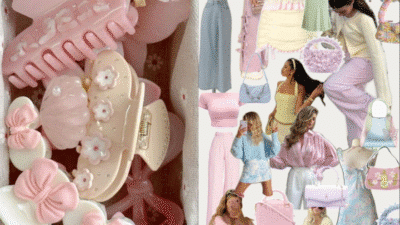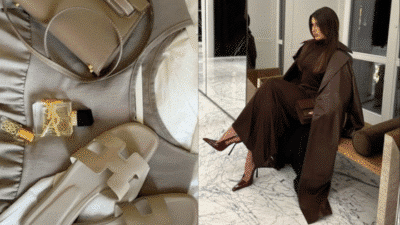Building a capsule wardrobe blends style with practical living, giving you a curated collection that makes outfit choices easier every day. A capsule wardrobe combines aesthetics and functionality by focusing on key pieces that feel true to your personal style while ensuring maximum versatility and use. Instead of an overflowing closet, you end up with a streamlined wardrobe of essentials that mix and match well, saving you time, money, and stress.
You don’t have to give up your unique style just for convenience. With a mindful approach, you can choose clothing that matches your aesthetic and practical needs, creating looks that work for different occasions and seasons. A well-built capsule wardrobe means every item looks good, feels right, and has a clear purpose in your daily routine.
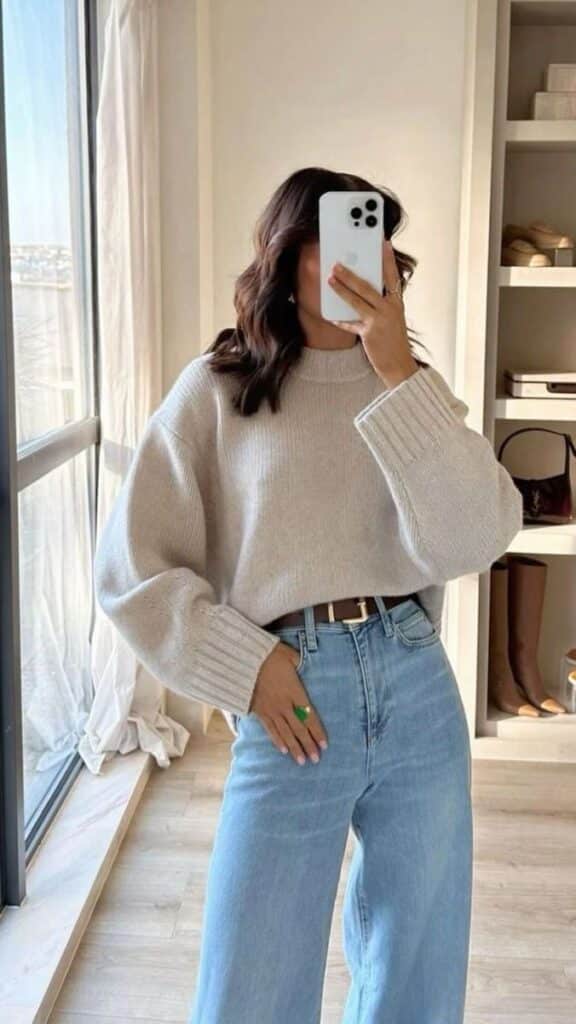
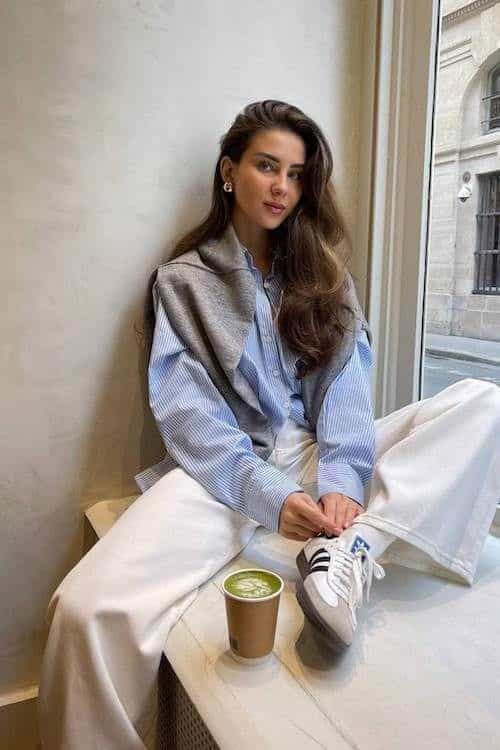
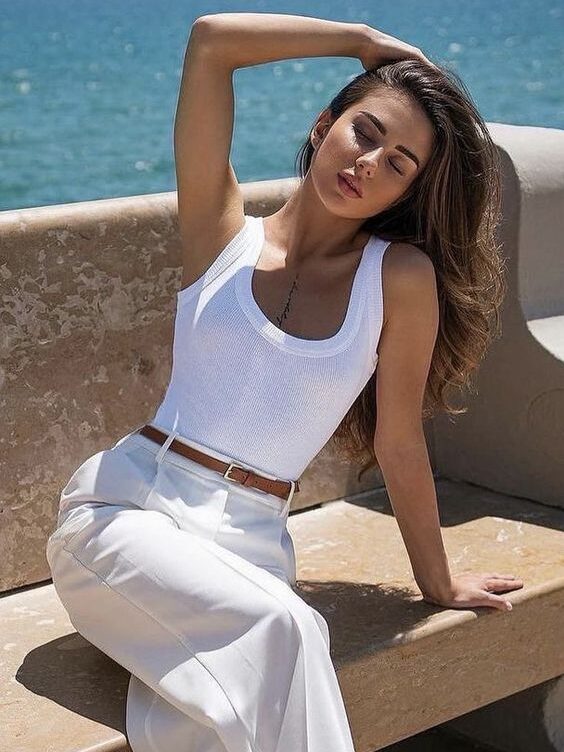
Key Takeaways
- Capsule wardrobes blend style and practicality through essential, mixable pieces.
- Making thoughtful choices helps you maximize outfit options with fewer items.
- This approach supports sustainable and personalized fashion decisions.
The Foundations of a Capsule Wardrobe
A capsule wardrobe is built on mindful choices and practicality. Creating one means designing a collection that fits your style, functions for your daily life, and is easy to maintain.
Defining the Capsule Wardrobe
A capsule wardrobe is a curated selection of clothing, usually between 25 and 50 items. This includes tops, bottoms, dresses, outerwear, and shoes but often excludes activewear or special-occasion clothes.
You focus on versatile pieces that can be mixed and matched to create a variety of outfits. This approach saves you time each morning because your options are clear and everything works together.
A capsule wardrobe highlights your personal style by removing pieces that don’t fit or are rarely worn. It helps you get the most out of what you own while keeping your closet organized.
Typical capsule wardrobe items:
- Neutral T-shirts and blouses
- A few pairs of versatile pants or jeans
- Layering pieces like cardigans or jackets
- Comfortable, go-with-everything shoes
Why Prioritize Quality Over Quantity
Quality over quantity is central to a capsule wardrobe. Investing in well-made basics means your clothing will hold up with regular wear and washing. High-quality pieces tend to fit better, look better, and stay in style longer.
Choosing quality doesn’t mean buying expensive designer clothes. Instead, you look for durability, natural fabrics, and solid construction. Over time, you replace fast fashion with items that last for years.
Fewer, better pieces also make getting dressed feel simpler. You trust that each item will fit, flatter, and function for your needs. Fabric, stitching, and fit are more important than chasing trends.
Checklist for quality:
- Check fabric labels (cotton, wool, linen last longer than synthetics)
- Inspect seams and hems
- Notice how garments hold their shape after a wash
Building Wardrobe Goals
Setting wardrobe goals gives clear direction when deciding what to keep or buy. These goals reflect your lifestyle, work needs, climate, and personal tastes.
Think about which activities take up most of your week. If you work in an office, your capsule might include tailored pants and blazers. If you work from home or are often outdoors, focus on comfort and function. Make a list of your favorite colors and patterns to ensure your capsule feels cohesive.
Ask yourself these questions:
- What is my daily routine?
- What are my style inspirations?
- Where do I want versatility and where do I need specialization?
Writing out a simple set of wardrobe priorities stops you from accumulating items you rarely wear and keeps your curated wardrobe aligned with your life.
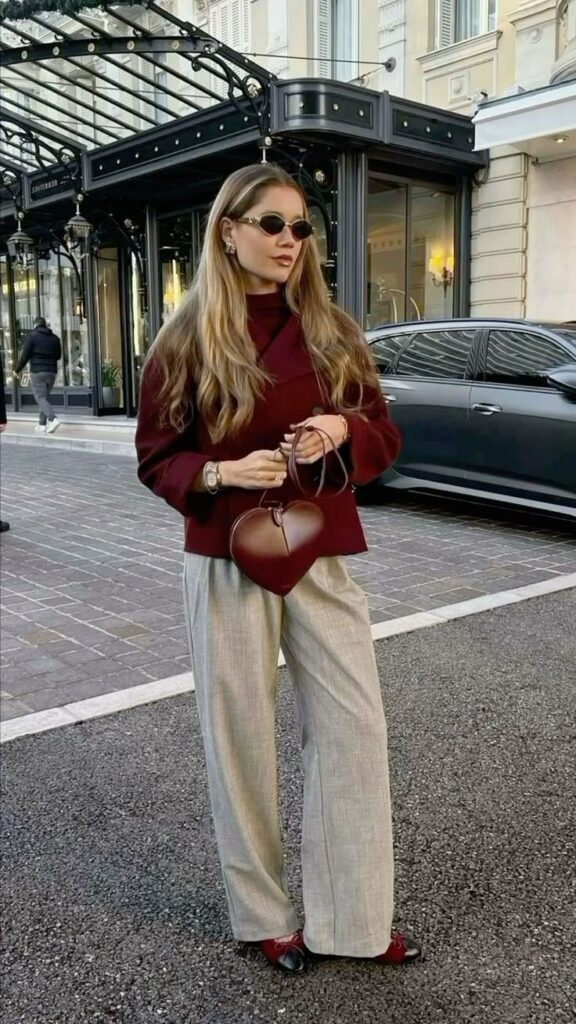

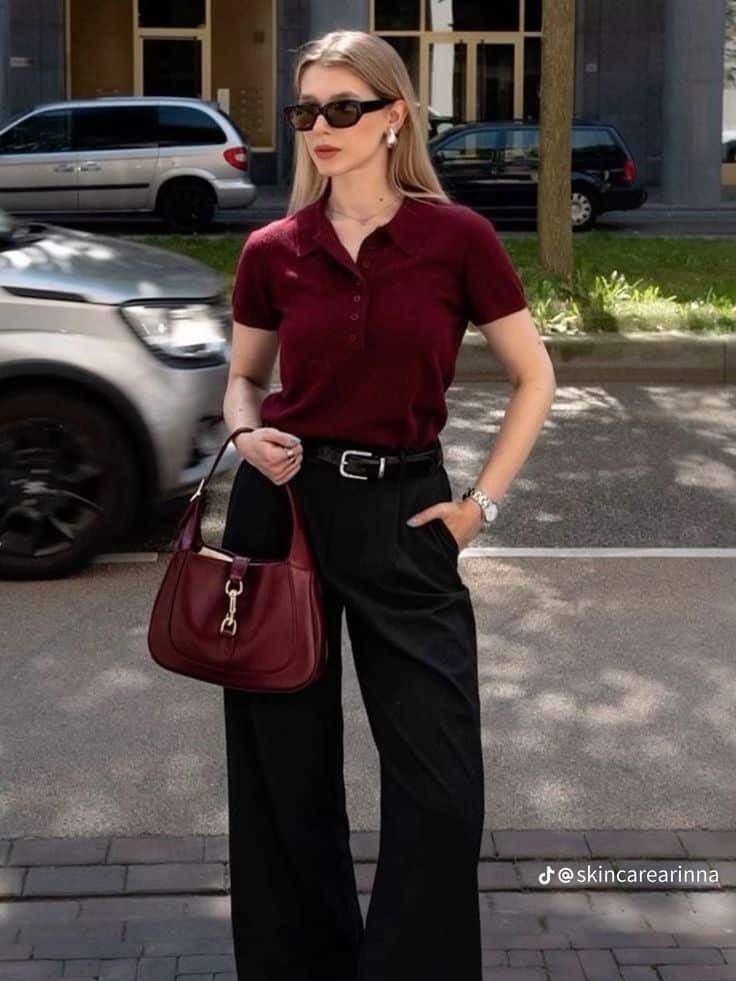
Balancing Aesthetics and Functionality
When you create a capsule wardrobe, it’s important to think about your individual preferences, the color scheme that works best for you, and your daily routines. By combining these factors, you end up with a wardrobe that both looks great and fits your real needs.
Discovering Your Personal Style
Defining your style is the first step to building a wardrobe that feels authentic. Begin by identifying clothing shapes, fabrics, and looks that make you feel confident. Think about what you naturally gravitate towards—are you drawn to clean lines, relaxed fits, or vintage elements?
Keep a list of key style words or use a vision board to collect inspiration. This will help you spot themes and avoid impulse buys that don’t align with your taste. Try on different pieces and note which outfits make you feel most like yourself.
Understanding your style leads to consistent clothing choices. When every item fits your preferences, getting dressed is simpler and more enjoyable.
Choosing a Cohesive Color Palette
A cohesive color palette streamlines your wardrobe and makes mixing and matching easy. Select a few base colors you wear often, such as black, navy, or beige. Pair these basics with a couple of accent colors and one or two statement shades for variety.
Example Palette Table:
| Category | Color Options |
|---|---|
| Base Colors | Black, White, Navy, Beige |
| Accent Colors | Olive, Blush, Soft Blue |
| Statement Colors | Mustard, Deep Red, Emerald |
Sticking to a set palette gives your outfits a pulled-together look. It also reduces the risk of having mismatched pieces that seldom get worn.
Addressing Lifestyle Needs
Assess your typical week to see what types of clothes you need most. Are you working in an office, managing a busy home, or often outside? Your wardrobe should reflect your daily routines and practical requirements.
Consider making a list like this:
- Workwear: 3–4 versatile tops, 2 pants or skirts
- Casual wear: Comfortable jeans, basic tees, layers
- Special occasions: 1–2 standout pieces for events
Including functional details—like washable fabrics or weather-appropriate shoes—will ensure your capsule wardrobe suits your actual life. Adapt your selections as your lifestyle changes, so your wardrobe keeps up with you.
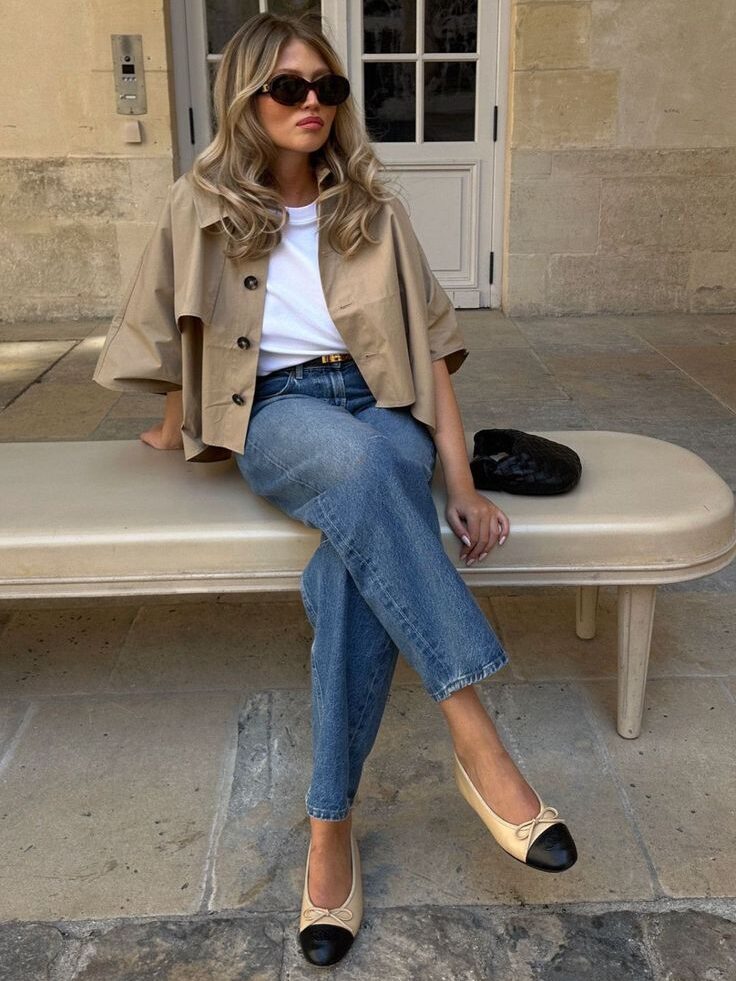
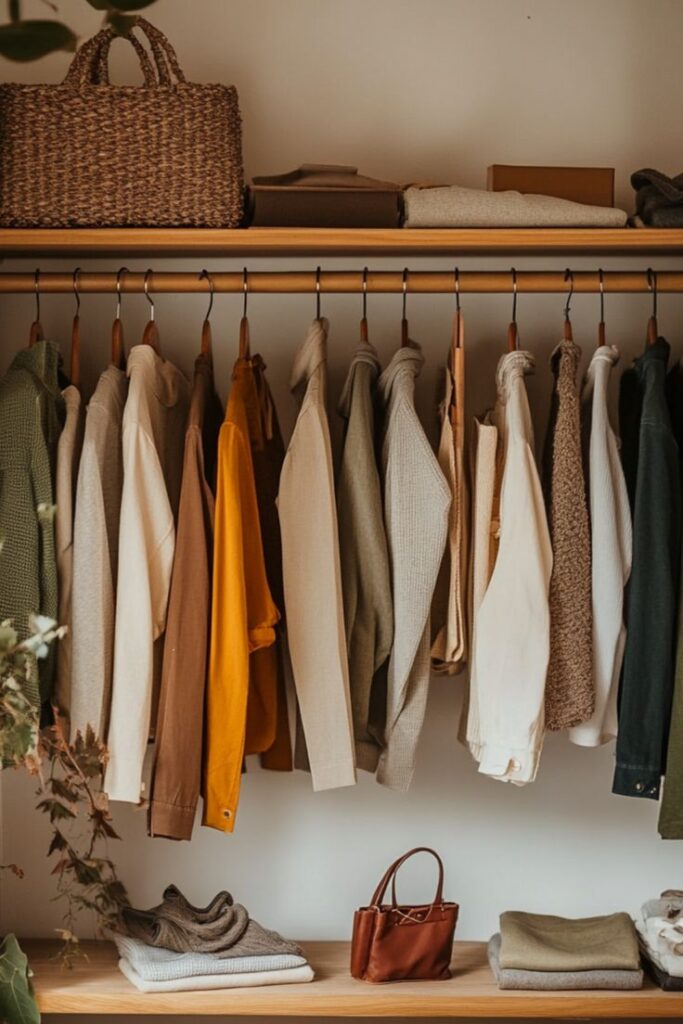
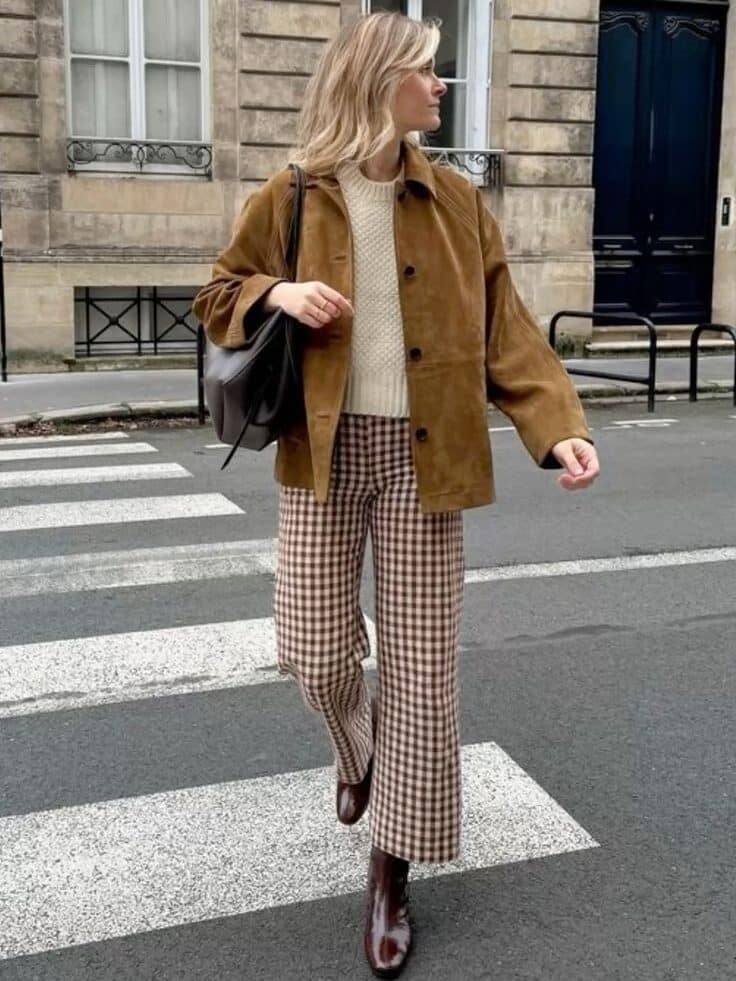
Selecting Essential Clothing Pieces
Building a well-rounded capsule wardrobe starts with picking items that deliver both form and function. Careful selection ensures your closet offers flexibility, timeless style, and a touch of personality.
Identifying Core Clothing Items
Begin with a set of core items that act as the backbone of your wardrobe. These pieces are often neutral in color and simple in design to maximize pairing potential. Think of a crisp white shirt, black trousers, a classic denim jacket, and a little black dress.
Select items made from durable fabrics like cotton, wool, or linen. This helps ensure that your essential items can withstand frequent wear and washing.
A helpful approach is to use a checklist for your core clothing items:
- 2-3 Tops (neutral tones)
- 2 Bottoms (jeans, tailored pants)
- 1-2 Mid-layers (cardigan, blazer)
- 1-2 Dresses or jumpsuits
- 1 Outerwear piece (trench coat or utility jacket)
Choose classic silhouettes that fit your lifestyle and body shape. These form the foundation you’ll rely on daily.
Versatile Pieces for Everyday Wear
Versatile pieces help you make the most of a smaller wardrobe by offering multiple styling options. Look for clothing that can easily transition from work to leisure and fit different seasons with simple layering.
A striped long-sleeve top, a midi skirt, and dark-wash jeans all provide endless outfit combinations. Shoes like loafers or white sneakers can be styled up or down without much effort.
Mix-and-match potential increases when you choose a cohesive color palette. Lean towards colors and textures that complement each other, so each versatile item pairs well with your other essential items. This maximizes your wardrobe’s overall flexibility.
Incorporating Statement Pieces
Statement pieces add individuality and flair to your capsule wardrobe without sacrificing practicality. These items stand out through bold patterns, unique textures, or eye-catching colors, but should still coordinate with your core items.
Some examples include a printed blouse, a brightly colored handbag, or a patterned scarf. Even a pair of statement shoes can inject personality into a simple outfit.
Limit statement items to one or two per season so your wardrobe stays manageable. They should enhance your existing key pieces rather than overwhelm or clash with them. Choose items that reflect your personal style and offer versatility across different looks.
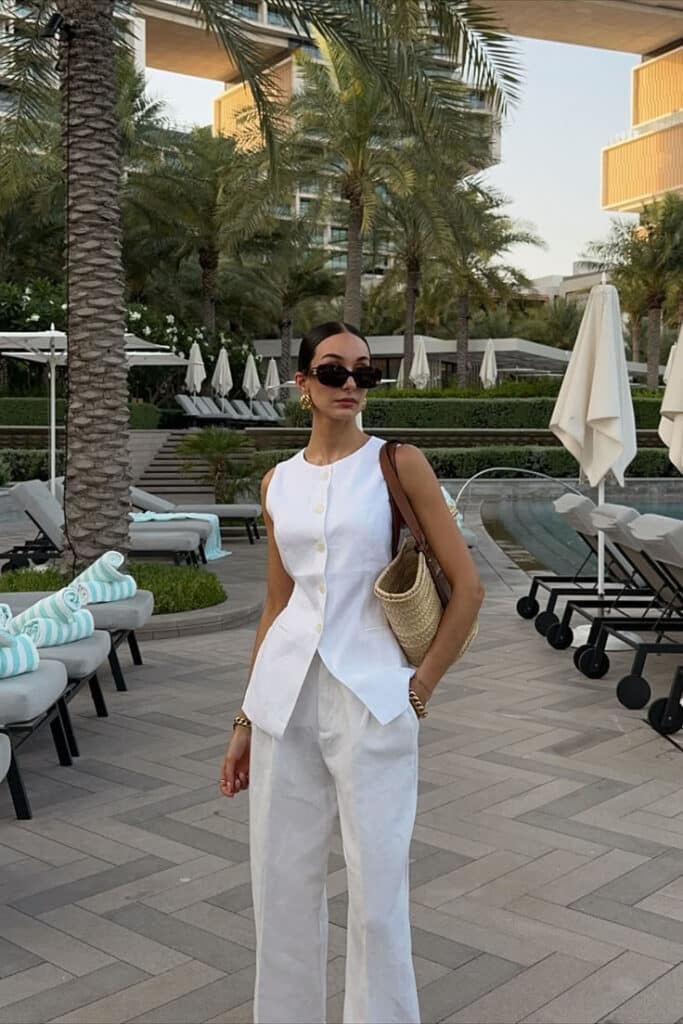
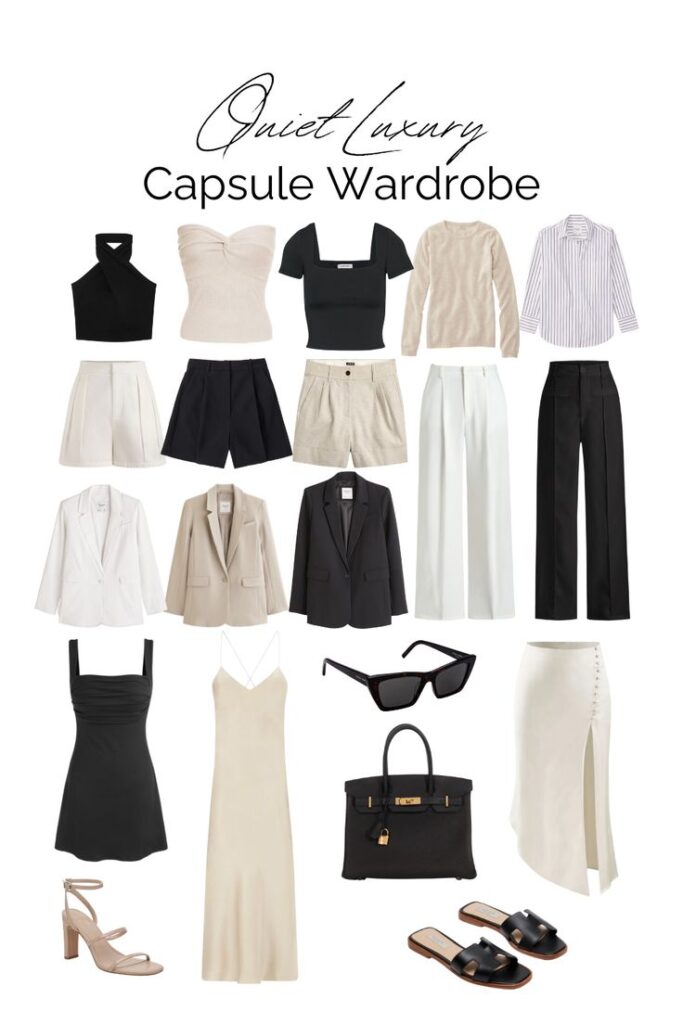
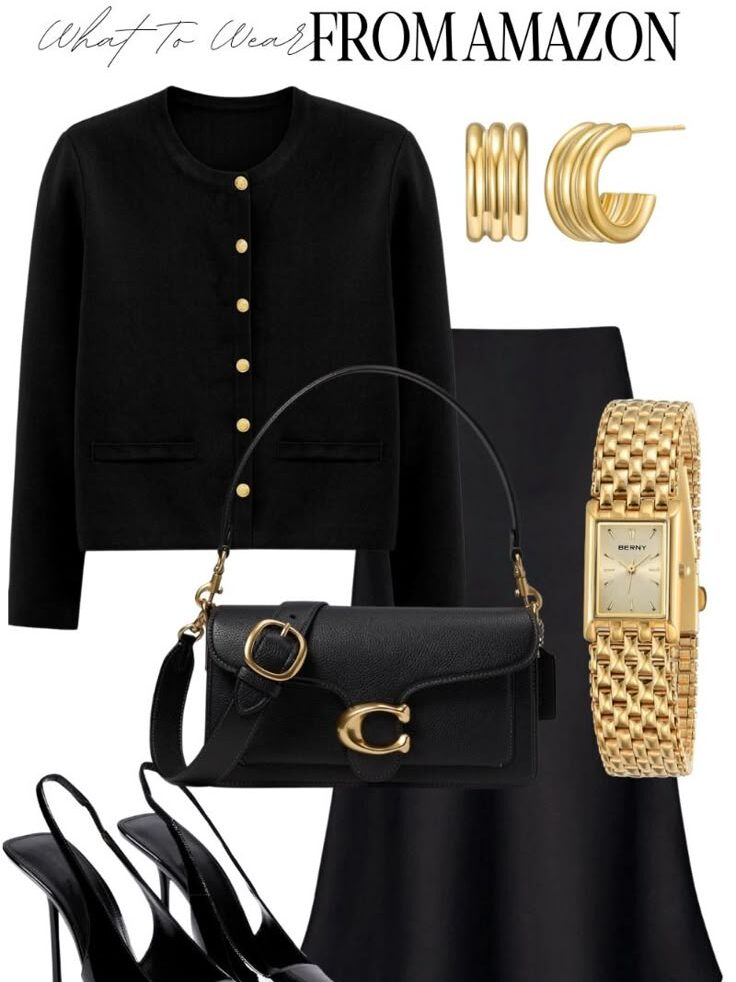
Maximizing Outfit Combinations
Building a capsule wardrobe means making every piece work hard for you. With some planning, you can arrange versatile outfits, keep your style fresh using accessories, and make daily dressing easier.
Mixing and Matching for Versatility
Begin by focusing on a consistent color palette. Stick with 3-4 base colors (like black, navy, beige, or gray) and choose 1-2 accent colors for added interest. This strategy helps ensure that nearly everything you own can be worn together.
Key versatile items include:
- A tailored blazer
- Well-fitting jeans
- Simple tees or blouses
- A neutral knit sweater
For example, combine a white tee with dark jeans and a blazer for work, or swap in a knit top for a casual feel. Layering is another way to add dimension and adaptability, such as adding a cardigan or light scarf. Neutral tones serve as a foundation, while limited accent colors add variety without cluttering your closet.
When shopping, ask yourself if a new item can be worn in at least three different outfits. This keeps your wardrobe streamlined and practical.
Using Accessories for Variety
Accessories can quickly change the personality of your look. Scarves, belts, bags, jewelry, and shoes make basic outfits feel new without needing more clothes.
A chart to illustrate accessory impact:
| Outfit Base | Accessories Added | Resulting Style |
|---|---|---|
| Jeans & White Tee | Silk scarf + loafers | Smart-casual |
| Black Dress | Chunky necklace + sandals | Weekend chic |
| Blazer & Jeans | Statement earrings + heels | Polished modern |
Try rotating your accessories seasonally or pairing unexpected textures. For example, a classic trench looks different with a colorful belt or patterned scarf. Small changes mean you can wear the same core garments often but still feel fresh.
Minimizing Decision Fatigue
Too many wardrobe choices can make mornings stressful. Limiting your closet to versatile items means fewer but smarter options, which makes getting ready quicker.
Set aside time to plan combinations ahead—snap photos or list outfit formulas for reference. You’ll find yourself reaching for favorites without repeating identical looks.
Organize your closet so you see all your pieces. Grouping by category (tops, bottoms, outerwear) or color helps you spot options fast. A streamlined routine saves mental energy and keeps your style consistent through busy days.
Sustainability and Mindful Wardrobe Choices
Choosing a capsule wardrobe involves more than style; it is about caring for the environment and making practical purchase decisions. You can create a closet that is both functional and kind to the planet by paying attention to where your clothes come from and how long they last.
Moving Away from Fast Fashion
Fast fashion encourages quick trends and frequent buying, often at the cost of quality and ethics. These garments are usually cheap and produced under questionable working conditions, leading to waste and harmful environmental impact.
By shifting your habits toward mindful consumption, you support a fashion system that values people and resources. Instead of purchasing large quantities, you look for pieces that serve multiple uses.
A capsule wardrobe built with this approach means buying less but choosing better options.
Embracing Minimalist and Ethical Fashion
Minimalist fashion is about doing more with less. You prioritize a streamlined wardrobe where every piece serves a purpose and can be mixed with others.
Moving toward ethical fashion involves choosing brands that treat workers fairly and use sustainable materials. Many brands now offer information about their supply chain, eco-certifications, and labor practices.
Consider a checklist for new items:
- Is this high-quality?
- Does it come from an ethical brand?
- Will I wear it often?
This method helps ensure your choices reflect your values and needs.
Prioritizing Longevity and Timeless Design
When you pick high-quality pieces made from durable fabrics, they hold up over time—both physically, and in style. Investing in fewer, well-made clothes means less frequent shopping, reducing your wardrobe’s environmental impact.
Timeless design focuses on classic cuts and neutral colors, so items remain stylish season after season. Functionality is key: select clothes that fit well and adapt easily to different occasions.
A sustainable capsule wardrobe is rooted in durability and versatility, not passing trends. This approach helps you build a closet that stands the test of time, supports responsible fashion, and keeps your style clear and consistent.
Seasonal and Personalized Capsule Wardrobes
A capsule wardrobe can do more than just simplify your closet—it can adapt to seasonal changes and personal tastes, making your style both functional and unique. By focusing on curated seasonal pieces, adapting to evolving fashion trends, and reducing clutter, you create a wardrobe that suits your lifestyle and supports a minimalist approach.
Building a Seasonal Capsule Wardrobe
A seasonal capsule wardrobe uses a curated collection of clothing that fits your local climate and lifestyle throughout the year. Each season, you rotate pieces so your closet always includes weather-appropriate items and reflects your current color palette—think breezy fabrics and brights in summer, or cozy knits and neutrals for winter.
Aim for 30–40 versatile pieces per season, including shoes and accessories. This encourages creativity, as you rely on mix-and-match combinations rather than quantity. Key elements include:
- Layering options (cardigans, light jackets)
- Seasonal staples (e.g., sandals for summer, boots for winter)
- Neutral basics plus a few statement items
A table might help you organize:
| Season | Key Pieces | Suggested Colors |
|---|---|---|
| Spring | Trenches, Loafers | Pastels, Light Neutrals |
| Summer | Shorts, Sandals | Brights, Whites |
| Autumn | Sweaters, Boots | Earth Tones, Burgundy |
| Winter | Coats, Scarves | Dark Neutrals, Jewel Tones |
Adapting to Changing Fashion Trends
A personalized capsule wardrobe easily adapts to current fashion trends without leading to a wardrobe crisis. Start by selecting classic, timeless pieces as your base. Then, add one or two trend-forward items each season—maybe a different silhouette, texture, or print.
Stay aware of trends that genuinely appeal to you and fit your lifestyle. Only integrate those that enhance your existing wardrobe instead of overhauling it. This approach keeps your clothing relevant while preserving your core aesthetic.
Keep a wish list to track emerging trends you find interesting. Before you buy, ask if it complements what you already own. This helps avoid impulse purchases and maintains a functional, intentional wardrobe.
Decluttering and Reducing Visual Clutter
Decluttering is key to maximizing both the beauty and usability of your wardrobe. Remove items you haven’t worn in the last year, pieces you no longer love, or seasonal items that don’t fit your climate or daily routine.
Store off-season pieces out of sight using clear bins or under-bed storage. Keeping only current-season clothing visible reduces visual clutter and makes dressing quicker and more enjoyable.
Tips for reducing clutter:
- Hang clothing by category and color
- Use matching hangers for a streamlined look
- Fold knits and stack vertically for easy access
With fewer distractions, you find it easier to appreciate and style what you have, keeping stress—and your wardrobe—under control.
- 170shares
- Facebook0
- Pinterest170
- Twitter0

